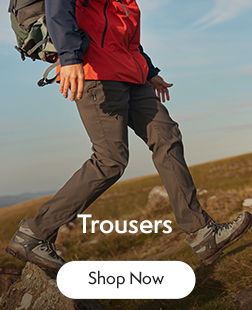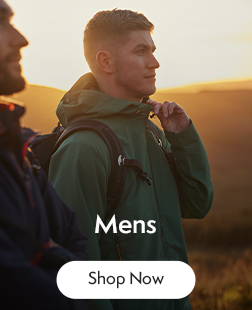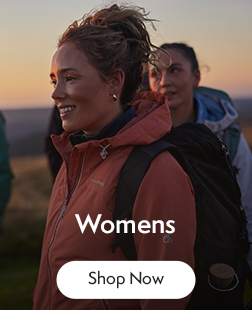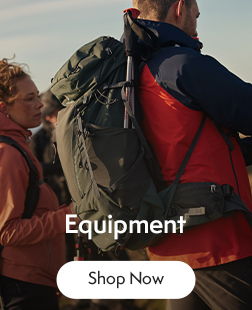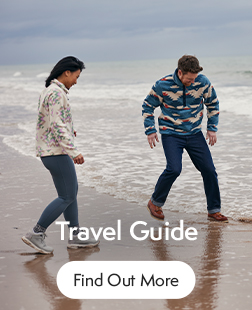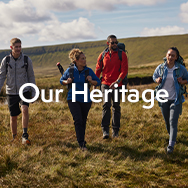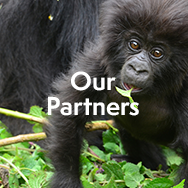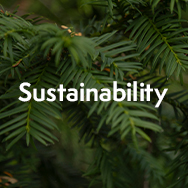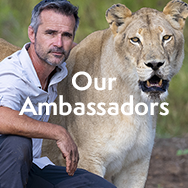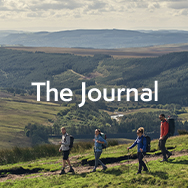Madagascar: Part Four: Travelling to Camp [2/2]
The day we entered the rainforest had arrived and there was a sense of anticipation in the air. We planed to leave the hotel in the early morning to ensure we had enough time to travel to the basecamp, set up our tents and settle in to camp before nightfall.
We brought our bags down from our rooms and piled them next to two old jeeps. Our guides, consisting of local conservationists, researchers and locals who knew the rainforest well, lifted our bags on to the roof and secured them with rope. I quickly grabbed my Olympus Tough TG – 5 camera to take some slow motion videos and snaps before we departed for camp.
Once they were loaded, we all squished in to the transport and before we knew it, we were roaring down the dusty road. As we took a left turn out of the town and into the National Park, the tarmac dissolved before us once more. The wooden shops and fruit stalls faded away, the scenery was replaced with rolling hillside, covered in trees and patchy orange soil.
The cars grumbled down the twisty tracks, until the flat roads became crevasses, and before we knew it the jeeps were thumping through the washed out roads.
Those who had knowledge of the area told how the roads would turn to sludge in the rain and it would take four times longer to get out. The car jilted from side to side, we held on tightly with Celine Dion blasting on the dusty car stereo– we all looked at each other and laughed. You couldn’t write moments like that. As we were out in the sticks, even the most basic radio signal was weak. So Celine Dion’s album on repeat it was.
As the roads went on, the greenery got thicker and the hills were steeper. The air became fresher and cooler with a slight breeze. Half way down the windey track the convoy camp to a stand still. Ahead us was a steep gradient that needed to be approached with caution. We hung back to allow the jeep infront to get the revs up and have a head start. Slowly, the white truck clung to the track and pulled itself up. We held our breath as we watched. Then, we realised it was our turn as we all grabbed on to the back of seats and bars above the window. The revs roared and the skilled driver navigated the tricky terrain – we all leant forward but I doubt it made much difference… our jeep lurched forward and and before we knew it, we were at the top.
After a couple of hours of bumpy roads, the jeeps pulled up in to a flat clearing near a path down to the river. We jumped out, eager to stretch our legs. The guides unloaded our luggage from the top of the trucks and carried them round a corner down a hill. By this point, it was mid-morning and the sun was beating down on us. We sheltered under a large tree to find some dappled shade, and shared tales of the journey before making our way around the corner to our next mode of transport. The jeeps could only take us so far.
At the bottom of the track lay a wide brown river. You couldn’t see through it and the water was flowing steadily but calmly. On the shore lay a canoe boat, dug our from a tree trunk and guided by an elderly local man, who used a long stick to guide it through the murky waters. He gave us a cheery wave as he parked it parallel to the bank so the guides could load the luggage.
“Are there any crocodiles in this river?” we asked.
“No” they replied “last one?… mmm one year ago”
Now I don’t really know if that’s the answer I was looking for… but none-the-less we had come this far, there was only one way to camp. And this was it.
Once all the luggage had been taken across, it was our turn. One by one, we boarded the boat, eager not to rock it and end up soaked before even getting to camp. The boat took multiple trips back and forth to get us all across. The boatman pushed us away from the bank and we glided to the other side. I had to take a moment to take in the natural beauty of the river. The rainforest lay untouched and the banks grew high, it was a pure paradise. My passion for conservation was growing even further – we were here to make a difference and ensure this environment stayed like this.
We were greeted on the other side by colourful butterflies, which fluttered along the bank, so I took a moment to film them. As most of our luggage was carried by the local men, we each grabbed an item or two – a chair, a stove, some kit bags. The last leg was to walk 1km to camp. It wasn’t far, but in the beating sun it felt a lot further. Our team naturally got on well so we chatted for most of the route and before we knew it we had arrived.
The camp was rustic, in front of us stood four awnings of tin roofs with open sides, situated close together. At the far end of the camp was a larger ‘room’ of corrugated iron. Inside was a stove, pots and a cooking area.
The showers and toilets were located in the far right corner. The showers consisted of a brick cubicle with a concrete floor and a small pipe to drain the water and a wooden door. The toilets, well let’s say they were earthy, and pretty much a cubicle, with a wodden door and a hole in the ground with bricks to stand on the edge.
The whole area was beautiful, and I was eager to see what the rainforest looked like. I felt like I should ring home to say I had arrived safely, but we have no phone signal. Only at the to of the hill in the distance. Oh, and no Wifi at all (which I don’t really mind, infact it was a strange relief).
We would only have electricity for two hours a day. The generators would be turned on in the evening once night has fallen and we needed lighting, so we also had to strategically time our charging of devices.
The first evening was relaxed. We ate beans and rice for dinner and we sat around camp reflecting on the day. Brushing our teeth with head torches on was quite funny – although trying not to blind your campmate when having a conversation was also a skill to be mastered…
We were all eager to get some sleep, so we zipped up our tents, shuffled into our sleeping bags and went to sleep with deafening silence, shortly followed by the sound of cicadas as they chirped all through the night.

